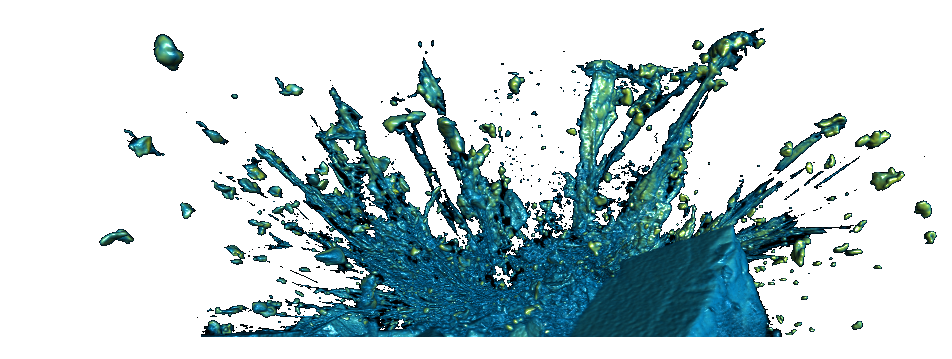Hi all ![]()
I'm currently studying for an engineering doctorate, and I'm researching ceramic body armour. I've come up against a sticking point lately; I'm looking at the different ways ceramics fragment when hit by a bullet, and it's possible to see some differences in the patterns the ejected fragments (ejecta) make. Some fly out in a vertical-ish plume, some go out at odd angles, etc.
What I'm trying to do is put numbers next to these differences, and I was wondering if there's such a system in pyrotechnics? Can we quantify the difference in shape between explosions caused by different fireworks/pyrotechnics?
To give you an idea of what I'm working with, I'm trying to quantify differences between these two...
Any help would be greatly appreciated.



















